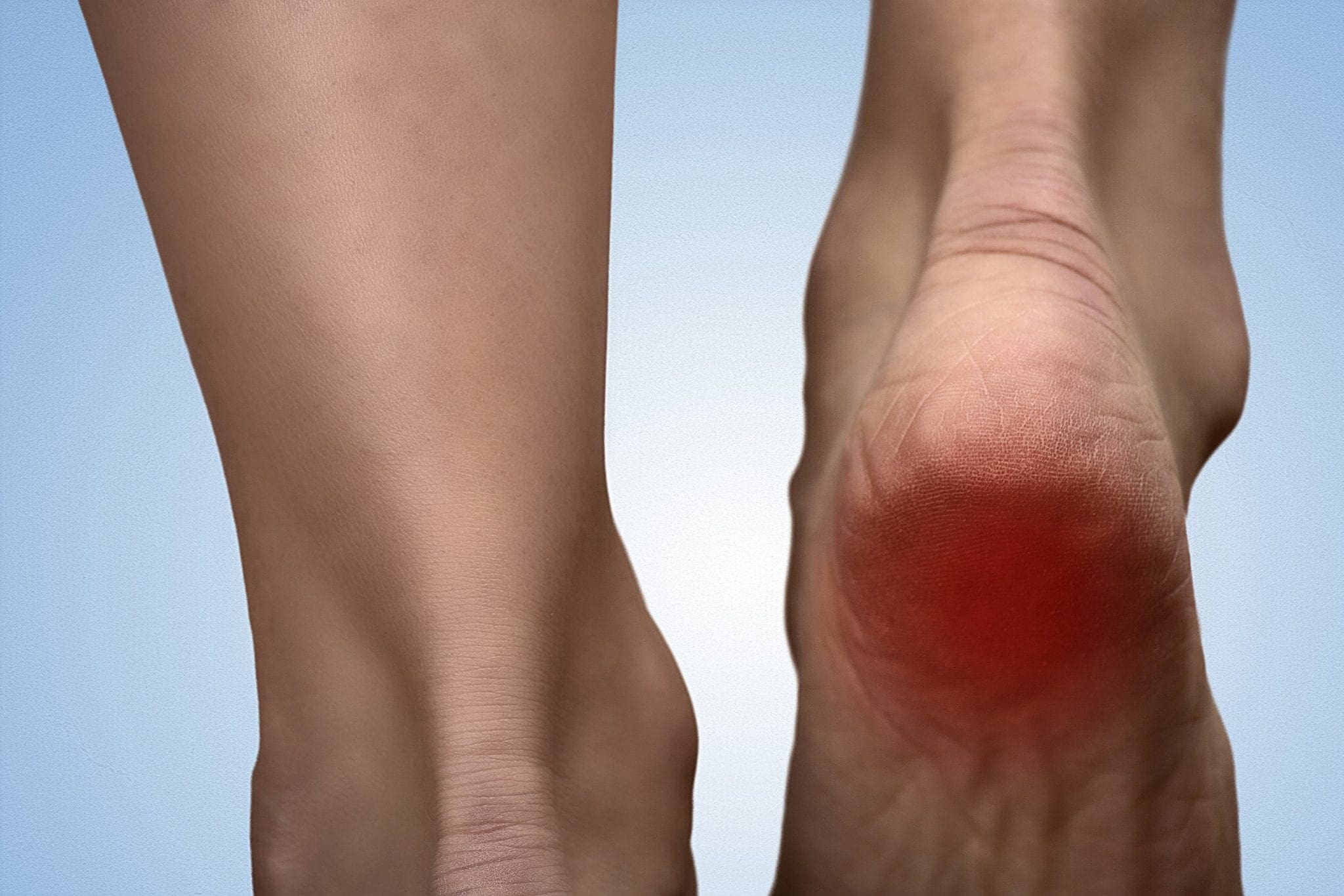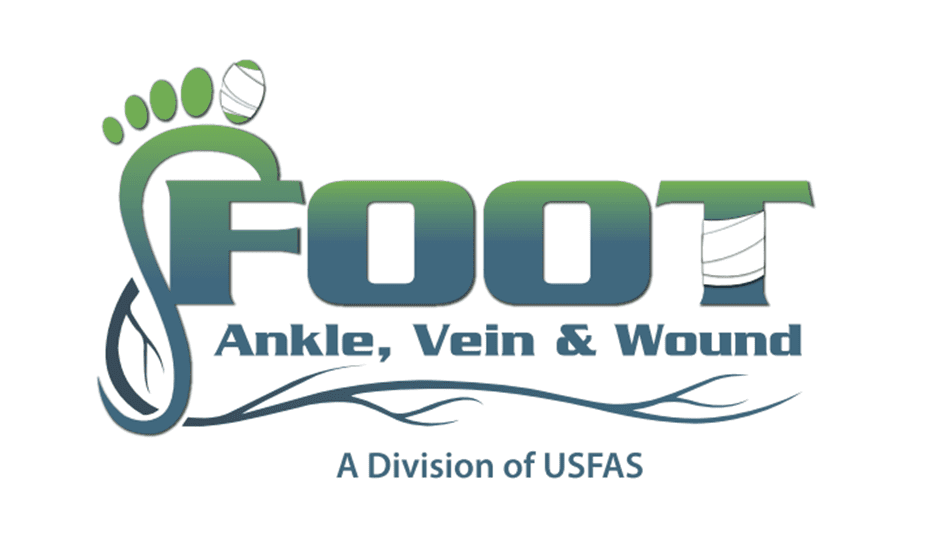
You’ve probably heard of the myth of the Greek Achilles—the great warrior who had only one weakness. The origin of his problems could be dated back to when he was a baby when he had been lowered down into the River Styx by his mother in hopes of securing his future as an invincible warrior. In the legend, the mother was holding Achilles by his heel, which meant that part of the body wasn’t able to be touched by the water, which although he was an incredible warrior afterward, he had a weak spot.
To this day, this part of our body has been named after the weak spot in the Greek warrior. And to some of us—it may definitely feel like our weak spot. In this article, we’re going to explain why you’re so prone to getting an injury in the Achilles tendon.
First, What is the Achilles tendon?
This tendon is found at the back of your ankle that leads down to your heel. It is elastic-like and is actually known as one of the longest tendons in your body—going all the way up from your heel bone to your calf muscle—which means that there is a lot of space covered that can potentially get injured.
If you ever heard of the English idiom of “spring in your step”, the Achilles tendon is responsible for it, being in charge of flexing and pointing your feet, which makes walking, running, and jumping possible.
However, since it has so much stress on the tendon, it often tends to come out of the exchange getting the bad end of the deal, leaving you with a lot of unwanted pain.
The Achilles tendon’s role when connecting the muscle to the bone is an important one, that can often be overlooked when focusing more on muscles than other parts of your body. Especially as a runner or an athlete, you’ll tend to look elsewhere for the cause of your pain instead of your tendons.
However, an excess of water, misaligned fibers, too much type III collagen, and in general, too much stress on the Achilles tendon can leave you sidelined from even walking for a little while. So let’s get down to what causes Achilles tendon injuries.
Causes of Achilles Tendon Injuries
When the tendon is injured, it is normally a sign of it being overworked. In usual circumstances, the tendon can easily bounce back, adapting o the stress load. However, too much stress can be almost “fatal” to the Achilles.
Running and jumping are often the main causes of an Achilles tendon injury. Your normal daily activities of walking around, going up and down stairs, etc., often put enough stress on the Achilles Tendon. However, if you are adding running and jumping (if you are an athlete or working out, for example) into the mix, then you can actually be adding 12.5 times of the burden directly onto the tendon, causing it way too much stress.
If you are suddenly in the presence of an Achille tendon injury, it could be one of two types of injuries: sudden and overuse.
A sudden injury can occur under an acute, large amount of stress, which causes the Achilles tendon to completely rupture. An injury of this magnitude will cause the person to fall to the floor in a great deal of pain—unable to walk.
An overuse injury to the Achilles tendon occurs over time. Applying small amount of stresses over time in a continuous fashion is one of the most common types of injuries, because it is often seen in people that are running quite often like athletes and runners. This can usually lead to Achilles tendinitis or inflammation in the tendon.
Even worse, those who are not regular athletes and tend to only workout or engage in physical activity in spurts—like the weekends—are often more susceptible to developing Achilles tendon injuries. Since they are using their Achilles tendon more infrequently and then increasing the load with vigorous activity on a Saturday mud run or CrossFit, for example, they could be pushing the boundaries of a stiff or tight Achilles tendon.
Achilles Tendon Factors
Being susceptible to an Achilles tendon injury can be because of certain factors that you can control and certain factors that you cannot control. Knowing what you can control and being able to adapt that to a healthier lifestyle without increasing the risk of injury is extremely important if you want to give your Achilles the best chance of staying healthy and uninjured.
Here are some factors that can put you more at risk of developing an Achilles tendon injury:
- Your Age: Those athletes, runners, and just people who are older than 30 can be more prone to developing an injury or rupturing a tendon. Since your blood supply is greatly reduced as you get older, your risk gets higher. In general, the tendon also gets weaker with time, which is completely normal.
- An Increase of Exercising: Just like if you do nothing during the week then compete in a competition during the weekend or if you suddenly want to start working out again and you go into it fully activated more than you should (instead of gradual increase), then you can be putting yourself at risk.
- A Change of Playing Surface: For athletes who aren’t used to playing on a harder surface (for example, switching from grass to turf or an indoor court), your body won’t be used to the stress on the tendon and the change can possibly put you at risk for an injury.
- Weakness in Calf Muscles: If you have weak calf muscles, the stress placed on your actual tendon should be more. The risk for an injury also rises if your calves are tight, making them much less flexible. This inflexibility could be potentially dangerous when participating in an intense or rigorous activity.
There are so many different reasons that can be behind an Achilles injury—especially since it is a fragile tendon. However, taking as many of the necessary precautions as possible of decreasing that risk can help you avoid the injury or at least minimize the possibility.

